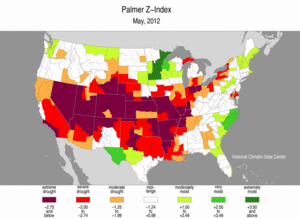Temperatures soared into the high 70's this past week with the trees blossoming, bees buzzing and birds pairing up and feverishly building nests.
A Bird's Nest Spruce is apparently a perfect place to build a nest and a mourning dove pair have been doing exactly just that.
With great care, a male mourning dove gathers some twigs,
flies first to the roof to check to see if the coast is clear, then flies to a chair and checks again . . .
and then finally back to the bush, . . .
where the female will meet him and construct a flimsy nest to hold a clutch of 2 eggs. Both parents will incubate the eggs, which should hatch in 14 days.
Off in the background on the fence, more pairs are at work.
A male house sparrow gathers some grass as the female watches and waits.
They will have a clutch of 3-6 white to green eggs, which will be incubated by both parents for 10-14 days.
And just down the fence, a Brown-headed Cowbird is strutting his stuff,
fluffing out his feathers and spreading his wings and trying to woo a mate.
He's gaining on her as she runs down the fence!
If he succeeds, she will be possibly laying an egg in the sparrow's or mourning dove's nest,
so they better watch out!
The cowbird female may lay one egg per day for several weeks and will remove an egg from the "host" nest before laying one of her own. They are known to have laid eggs in over 220 species of birds. She may lay up to 40 or more eggs in a season.
In any case, we hopefully will be observing a lot of fledglings in the coming weeks.
(Kaufman,
Lives of Northern Birds, 1996)
















 Bring Back the Pollinators
Bring Back the Pollinators

































